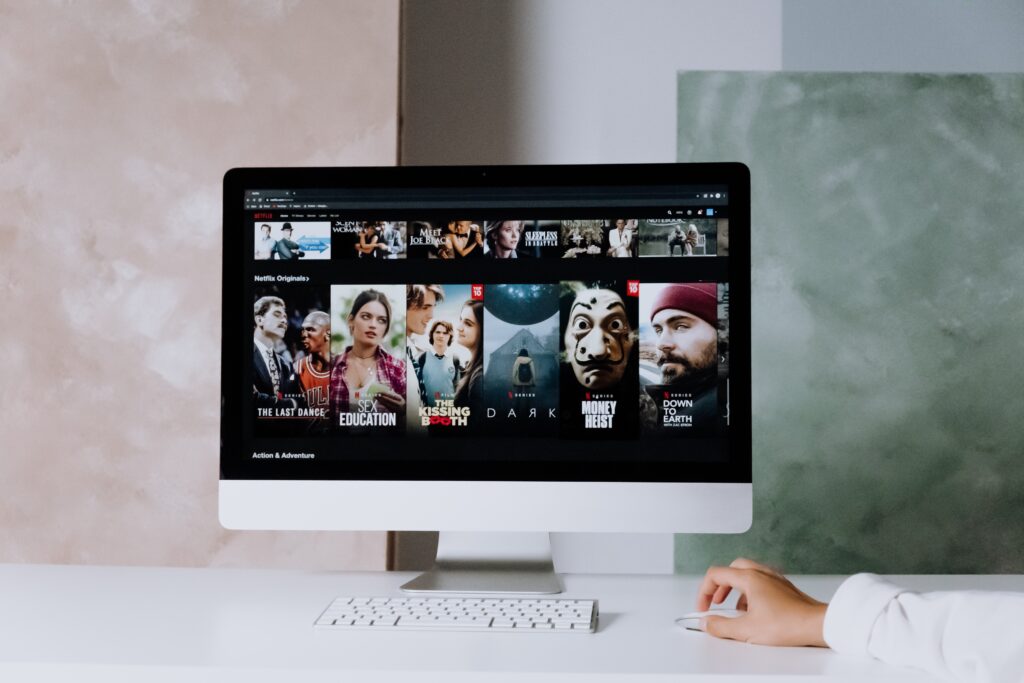How Will Streaming Companies Evolve In 2023?

Streaming companies have become an integral part of the entertainment industry. Television has dominated TV drama, news and film for the best half a century. However, in the last 20 years, streaming services have dramatically increased visibility and popularity.
As a result, their combined user base completely dwarfs television, with many analysts suspecting mainstream television entertainment may become extinct within the next 30 years.
Streaming companies offer a wide range of content, from movies and TV shows to music, podcasts, video games and casino games. For example, if you’re looking to play a casino game on your device, you can also find a range of jackpots at https://www.cafecasino.lv/casino/jackpots/hot-drop.
However, streaming companies face many challenges in their efforts to remain competitive in the streaming industry. These include increasing competition from other streaming services and rising costs for content acquisition and marketing campaigns.
In addition, changes in consumer preferences for how they consume media and staying ahead of the latest trends are vital. Today, we will explore these challenges and current trends in the streaming industry.
Changing Consumer Habits
Customer volume drives the success of streaming companies and having the ability to pinpoint when customer habits are changing is integral to any successful business model in this sector.
With the rise of digital media consumption, streaming companies have had to adapt to changing consumer habits. As a result, companies such as HBO, which have been in this industry for decades, are evolving. They are still creating highly innovative, groundbreaking shows since the turn of the 21st Century. Regarding the quality of output, HBO is in a league of its own.
The Sopranos and The Wire are considered the two greatest TV shows, and HBO created both. However, Netflix and Disney+ have millions of global customers. Disney is a billion-dollar conglomerate looking to capitalize on the enormous profits available.
Companies like HBO, Netflix, and Disney+ will continue to evolve to meet the needs of their customers in 2023. Changing customer habits and understanding how the market evolves are crucial factors. By understanding these factors, we can understand how these companies may develop over the next 12 months.
Changes In Technology
As the streaming market continues to evolve at lightning speed, other factors, such as 5G technology and cloud computing, will be implemented to help these companies stay ahead of the curve. Traditional streaming companies focus on the next big TV show or film that will generate revenue.
5G technology can enable streamers to provide higher-resolution streaming at better speeds. In addition, cloud computing can help streamers manage their data and scale their services as needed. By combining these technologies, streamers can ensure that they facilitate the optimum gaming experience.
However, some companies want to grow into other sectors, such as gaming. AI and cloud computing are two considerable advancements that could reshape this industry within the next few years. AI technology has some of the biggest companies in the world investing in it, and many analysts predict it will change society forever over the next few decades.
Changes In Keeping Customers on Board
In 2023, streamers will need to find new and innovative ways to increase engagement and retention. Marketing is critical to ensure that they can keep up their market share and have visibility so that customers can consider them a serious contender in the space.
Allowing customers to personalize their own experience is one tool that streaming services have started to implement. In addition, staying ahead with the latest trends, including breakthrough genres and identifying the next big stars, will play a hugely critical role.
Content personalization strategies, interactive content strategies, and subscription models are all potential tactics these big streaming services can use to maintain their customer base and attract new customers. Content personalization allows streamers to tailor their content to individual viewers’ interests and preferences.
Conclusion
Some analysts have stated that this market has become saturated recently. There are now a handful of major operators in this sector, and some people cannot afford to pay for all of these streaming services at once during times of hardship.
For millions of people, being able to afford a streaming service is a luxury. They can’t afford to subscribe to more than one of these services per month due to the combined cost of the services.
This could be another point to factor in when we explore how these companies may evolve. Streaming services may lower their prices to scoop up a more significant market share, and this could be one way they get themselves ahead.
However, these companies must ensure they do all they can to stand out against their competitors in such a fierce marketplace. These companies have no problems with having the finance to inject into these ideas, but they want to ensure their profitability, too.




